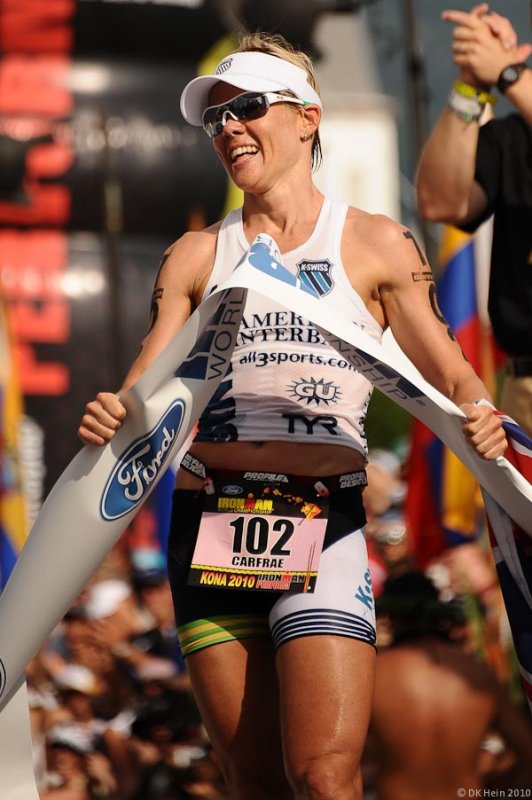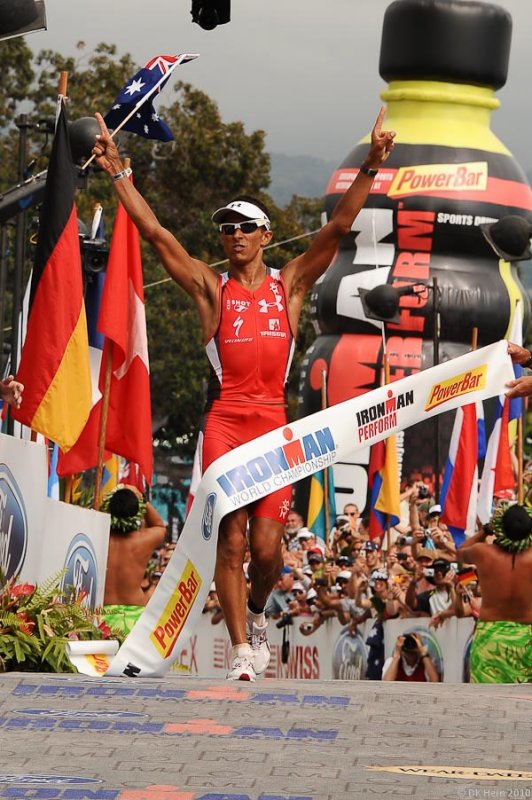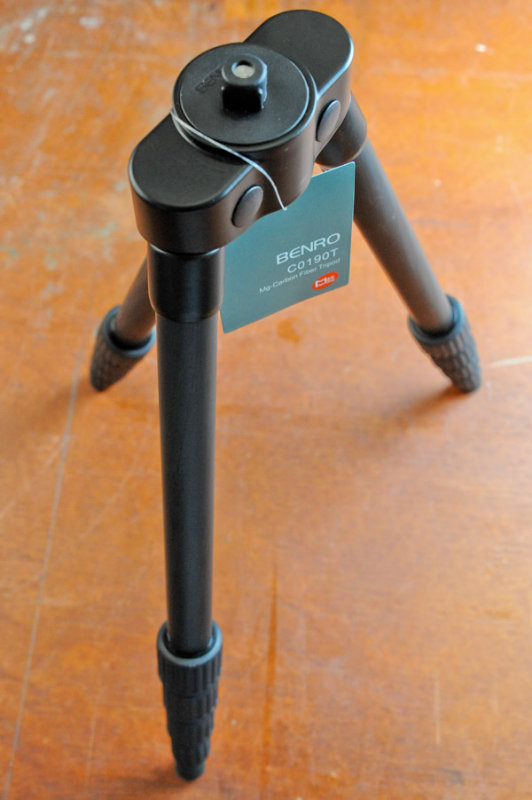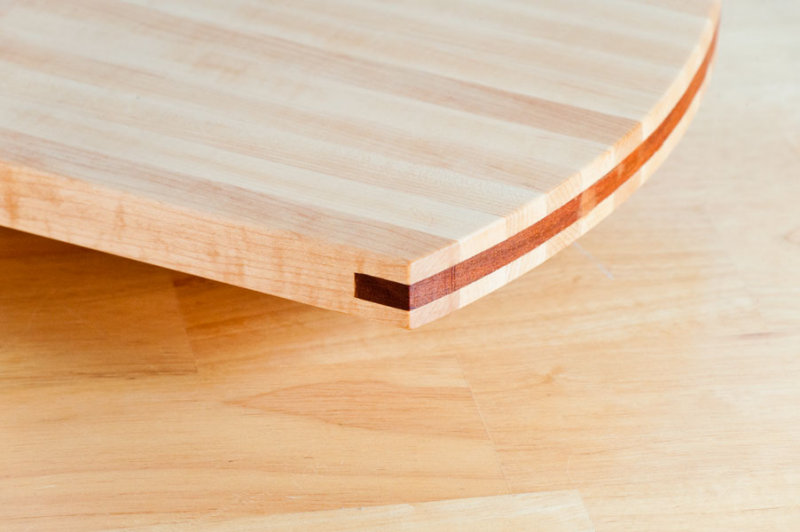When I started this blog earlier this year there really was no master plan for it. It wasn't specifically targeted as a work-related blog, or a scientific blog, or even a personal blog. Well, maybe all blogs now are personal blogs in a way, but the original idea for this one was that it be a mirror of things that have captured my attention. In that so far it's succeeded. But lately something else has touched me, and that is the wide variety of visitors that have somehow stumbled upon these pages.
Enter the Dreamcatcher at left. The Dreamcatcher is largely an American Indian object, and originated in the Ojibwa (or Ojibwe, Chippewa) Nation during the Pan Indian movement of the 1960's and 1970's. Eventually they were adopted by a number of native American Indian nations.
The Ojibwa believe that a dreamcatcher changes a person's dreams. According to Konrad J. Kaweczynski, "Only good dreams would be allowed to filter through… Bad dreams would stay in the net, disappearing with the light of day." Good dreams would pass through and slide down the feathers to the sleeper.
The diversity of traffic that has somehow managed to find these pages reminds me of the Dreamcatcher. Despite a complete lack of promotion many of you have still found your way through to this little spot on the internet, and those visits I can't help but interpret as good dreams that have made the slide down the feathers. Among you are many from the USA of course, but also many from Greece, Japan, Malaysia, Canada, Germany, the United Kingdom, Spain, Russia, Latvia, the Netherlands, Brazil, Indonesia, and Myanmar [Burma]. This is nothing short of amazing to me.
I'd love to know how many of you found your way here, what you found interesting (if anything), what might have brought you back if you're a return visitor, and of course who you are and where you're from. Please feel free to leave a comment of any sort on your next visit, and if you don't want it published, feel free to say so in your note and it will remain private. Just know that I welcome you all and would be most interested in a simple, "Hello!", if you have time.
The wonder of this internet we share is exactly these chances to meet and interact with people from places on the planet we may never be able to visit in person. It's a shame to waste opportunities like these when we get them. Please don't waste your next one. :)
Monday, October 24, 2011
Thursday, October 13, 2011
Time Lapse
Man, this is good! I've got to rig myself a panning setup one of these times. Love this stuff!
Wednesday, October 12, 2011
Ironman Kona 2011
 |
| Craig Alexander, Ironman Kona 2011 Winner. |
Craig Alexander won the Kona race on Saturday and added his name to an elite list of four guys who have won the world championship event at least three times. He now joins Dave Scott, Mark Allen, and Peter Reid with that accomplishment. And not only did he improve his 4th place 2010 finish but he also set a new Kona course record time of 8:03:56. It's been a good year for him - he's also the first to win world championships at Kona and in the Ironman 70.3 race in the same year.
Friday, October 7, 2011
Ironman Eve
 |
| Miranda Carfrae, Ironman Kona 2010 Women's Winner. |
I will be working with NBC Sports once again and will have my camera along to document what I can, when I can.
Tonite I'll meet with the cameraman and producer I'll be with all day, pick up my credentials, and hear what our assignment will be for tomorrow. Then I'll be back home to bed for as much rest as I can get. This is a a day that always starts very early (5:00 a.m.) and goes very late (the last official finisher must cross the line at midnight).
 |
| Chris McCormack, Ironman Kona 2010 Men's, and overall race Winner. |
I'll blog after-action notes next week, but until then more photos of last year's race can be found here: Ironman Kona 2010.
Thursday, October 6, 2011
Gear
 |
| Benro C0190T Fold Flat Tripod. |
The specs are as follows:
| Top Plate or Base Plate Diameter | 1.9 in |
| Maximum Load | 13.2 lbs |
| Folded Height | 16.1 in |
| Maximum Height | 52.0 inches |
| Leg Sections | 5 |
| Leg Lock Type | Twist Lock |
| Head Mount | 3/8-16 |
| Foot Mount | Adhesive |
| Foot Type | Fixed Rubber |
| Foot Size | 9 mm |
| Weight | 1.54 lbs / 0.70 kg |
Leg construction is carbon fiber. The unit is light, and not something you'd want to walk away from if you've mounted an expensive DSLR on it, but perfect as a travel unit you'll likely babysit. The kit also included a two section center post, nylon carrying bag, and a special servicing wrench. The fold flat leg feature is unique and perfect for saving space in a suitcase.
The first real test of this will be at the end of November during my Autodesk University 2011 trip to Las Vegas.
Wednesday, October 5, 2011
Saturday, October 1, 2011
PAPIs Explained
So what exactly is a PAPI? A PAPI is a Precision Approach Path Indicator, a visual aid to pilots that allows them to maintain a proper flight angle into a runway. A PAPI is a very simple mechanical system that uses red and white lights to tell a pilot if he's too high in his approach, or too low.
 |
| Outside PAPI unit |
Subscribe to:
Comments (Atom)


